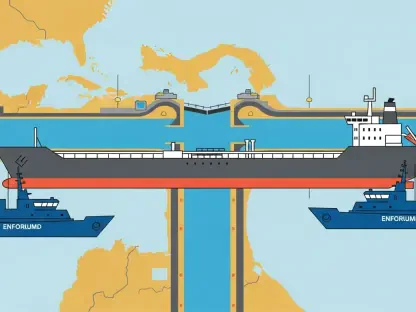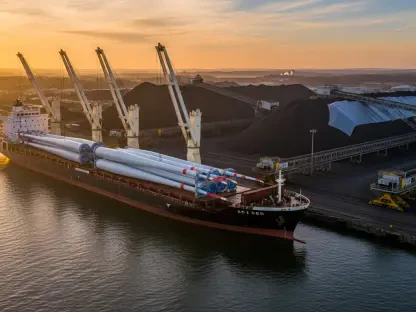The maritime industry is on the brink of profound changes, spurred by the imminent FuelEU Maritime regulation set to take effect from January 1, 2025, designed to promote the use of renewable and low-carbon fuels in maritime transport, thereby significantly reducing greenhouse gas (GHG) emissions. As shipowners and operators brace for this new regulatory landscape, the Baltic Exchange has launched a groundbreaking solution—the FuelEU Maritime calculator. This free tool aims to assist the industry in understanding and managing the financial implications of these forthcoming regulations. The tool allows shipowners and operators to assess potential cost implications for their vessels, making it an indispensable resource for stakeholders as they navigate the complexities of compliance and operational adjustments. The calculator’s introduction raises pressing questions about its impact on shipping costs and how it will shape the industry’s future.
Understanding the New Regulations and Their Implications
One of the primary challenges the shipping industry faces is the labyrinth of existing emissions regulations, which vary significantly by region and often create ambiguity and confusion. Martin Crawford-Brunt, CEO of Lookout Maritime and Emissions Lead of the Baltic Exchange, underscores this complexity, noting that a standardized, clear market benchmark is crucial for defining robust commercial performance amid evolving regulations. The Baltic Exchange’s Emissions Calculators emerge as a vital tool, offering market-related baselines to aid stakeholders in comprehending both the financial and operational impacts of these regulations. By providing this clarity, the calculator enables shipowners to make more informed decisions, aligning their strategies with the regulatory framework.
The FuelEU Maritime feature of the Emissions Calculator plays a pivotal role in these efforts. It allows for a detailed assessment of potential cost implications for different vessels by comparing standard low sulfur heavy fuel oil with greener alternatives like LNG or methanol. This comparison factors in variables such as the vessel’s deadweight tonnage, type, speed, and consumption against Baltic standard ship data. By doing so, the calculator facilitates a thorough understanding of the financial penalties associated with EU port calls. This information empowers shipowners to integrate these costs into freight expenses or target time charter rates, ensuring their operations remain economically viable while adhering to the new regulations.
The Role of Fossil-Based Alternatives and Future Updates
The initial version of the FuelEU Maritime calculator includes only fossil-based alternatives, reflecting their current availability and competitive pricing compared to green options. This provides a practical starting point for industry stakeholders. As the renewable fuel market evolves, updates will likely incorporate bio-fuel blends for diesel and LNG, expanding the tool’s utility for long-term planning.
The calculator’s design recognizes the trend of stricter emissions regulations and the maritime industry’s urgent need for reliable data. By offering transparent, accessible information, the Baltic Exchange’s tools aid a smoother transition to compliance. They help shipowners and charterers evaluate fair charges and integrate emission-related costs efficiently. This transparency fosters a cohesive approach to tackling emissions reductions, reinforcing the industry’s commitment to sustainability.
In conclusion, the FuelEU Maritime calculator is a major advancement in helping the shipping industry adapt to new regulatory changes. By enabling stakeholders to measure and manage emissions costs, the Baltic Exchange’s tool supports compliance with the FuelEU Maritime regulations. This contributes to the broader goal of decarbonizing the shipping sector. As the industry evolves, the calculator will be an essential asset, guiding stakeholders through the complexities of regulatory compliance and operational efficiency in an environmentally responsible era.









